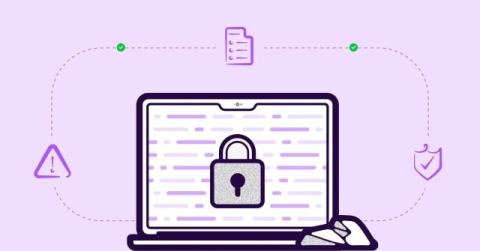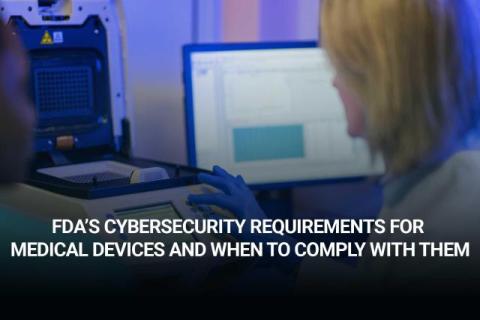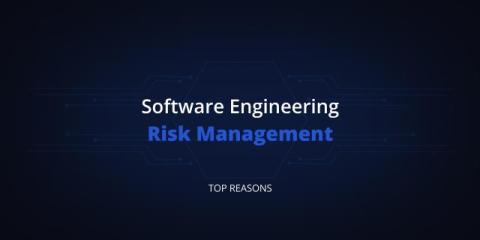RansomHub Ransomware - What You Need To Know
Despite first appearing earlier this year, RansomHub is already considered one of the most prolific ransomware groups in existence. It operates a ransomware-as-a-service (RaaS) operation, meaning that a central core of the group creates and maintains the ransomware code and infrastructure, and rents it out to other cybercriminals who act as affiliates.











